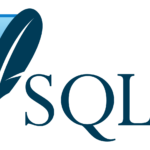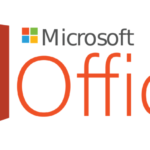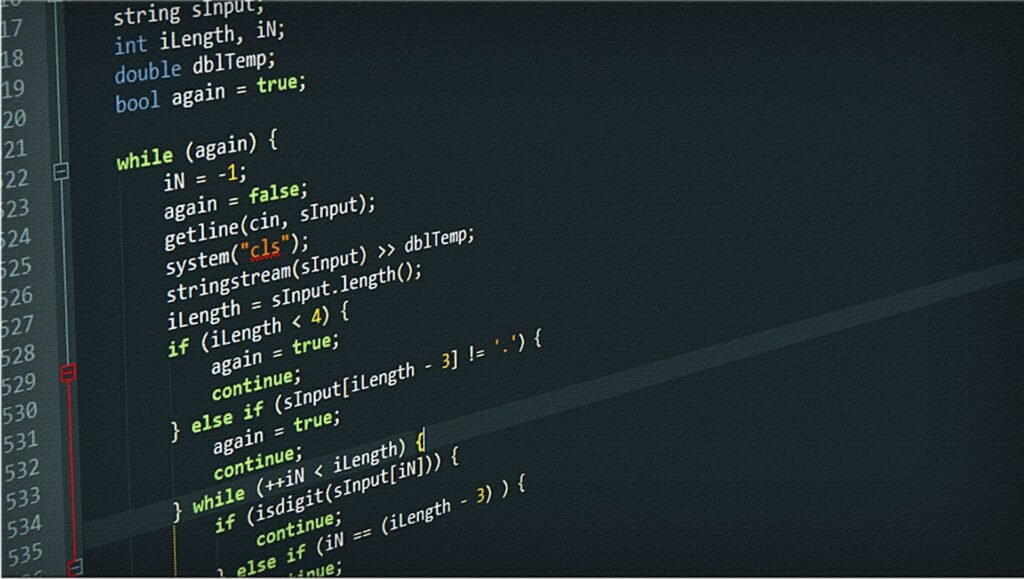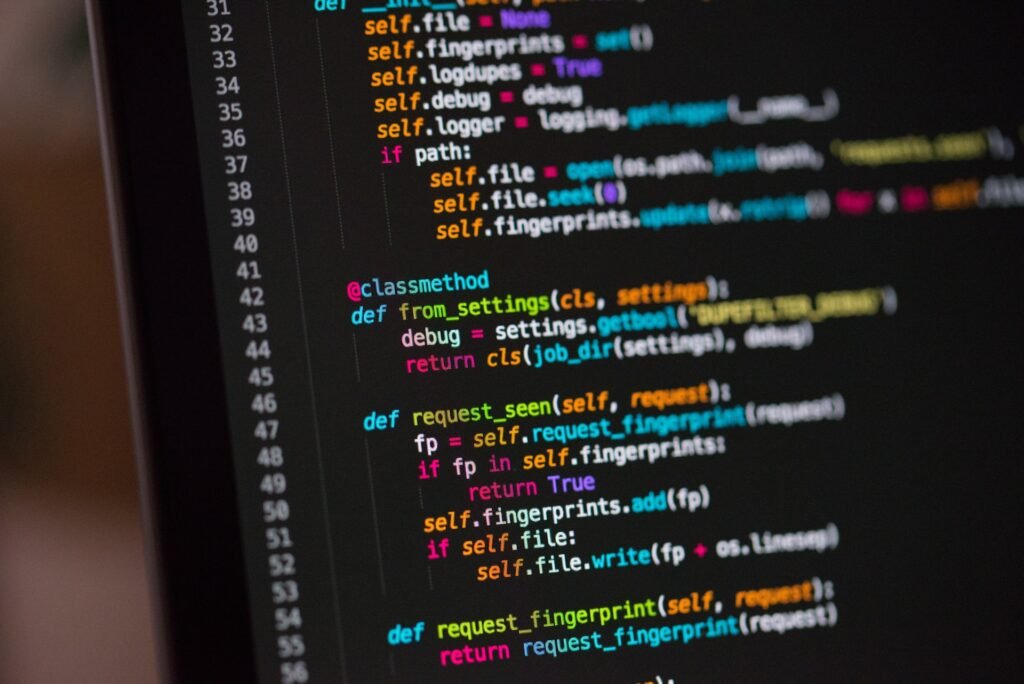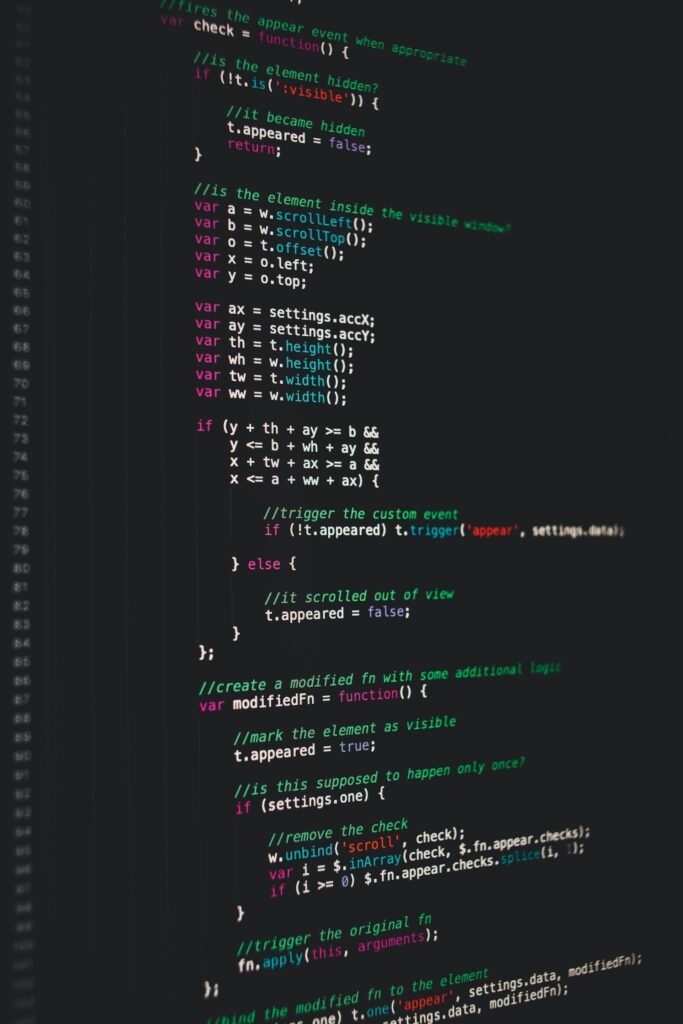Machine language
Machine language, commonly referred to as machine code, is a low-level programming language that directly matches the instructions recognized by a computer’s hardware. Binary code is used to carry out certain operations and regulate the behavior of the computer. Binary code is represented by sequences of 0s and 1s. Each instruction in machine language is made up of a string of bits that stand in for different tasks including arithmetic computations, memory access, and control flow. Writing programs that can be directly performed by a computer’s central processing unit (cpu) requires the use of machine language, the most fundamental type of programming language.

What is machine language
A low-level programming language made up of binary instructions that are recognized by a computer’s hardware is referred to as machine language, also known as machine code. It is the most fundamental level of programming language and closely matches the tasks carried out by the central processing unit (cpu) of a computer. To perform activities like arithmetic computations, memory access, control flow, and input/output operations, machine programming instructions are expressed as sequences of 0s and 1s that are organized into certain patterns and forms. Each command or operation that the cpu is capable of performing is matched by a corresponding instruction in machine programming. The binary encoding of these instructions is used to create machine language programs, which the computer may execute immediately.
The benefits of machine programming
- Speed – the benefits of machine programming include speed and the absence of translation or interpretation since machine programming programs are run directly by the hardware of the computer. As a result, they are tremendously quick and effective because they lack the overhead of higher-level programming languages.
- Low-level control – the hardware resources of the computer can be directly controlled using machine programming. Individual bits and memory locations may be changed by programmers, enabling precise control and optimization.
- Hardware certain – machine programming is adapted to a certain computer’s architecture and instruction set. Because of this, programmers may create applications that are highly optimized for the target computer and make the most of the hardware capabilities.
Machine programming disadvantages.
- Difficulty – writing programs in machine programming is incredibly difficult and complicated. It necessitates a thorough grasp of the architecture, instruction set, and memory layout of the machine. Even a straightforward activity may require authoring several low-level commands.
- Inability to run on different computer architectures – machine programming programs cannot run on different computer architectures. Programs designed on one computer will not run on another without major modification or recompilation since each computer has its own distinct machine programming.
- Readability and maintainability – machine language programs are written in binary, making it very challenging for humans to read and comprehend them. Additionally, it can be highly difficult and time-consuming to modify or debug machine language programs.
- Limited abstraction – higher-level abstractions and features seen in contemporary programming languages are absent in machine programming. Complex algorithms and data structures become more difficult to explain as a result, requiring more work and code to accomplish the same task.
- Inaccuracy-prone – writing machine language programs are prone to human mistakes since even a minor inaccuracy in writing or comprehension can result in erroneous or unexpected behavior. Because there aren’t many high-level debugging tools available, troubleshooting such issues might be difficult.
Best characteristics of machine language
Despite its drawbacks and difficulties, machine language offers a number of distinguishing qualities that make it special and necessary in particular situations.
- Direct hardware interaction – with the use of machine programming, programmers may communicate directly with the registers, memory, and input/output hardware of a computer. Fine-grained optimization and customization for certain hardware architectures are made possible by this degree of control.
- High performance – the potential for maximum performance is provided by the fact that machine language instructions are immediately executed by the computer’s hardware, without any translation or interpretation. This makes it perfect for jobs that call for the maximum amount of productivity and speed, such as low-level device drivers or real-time systems.
- Platform-specific optimization – because machine programmin is customized for a particular computer architecture, programmers may take use of the hardware’s special features and capabilities. This degree of optimization can provide very effective code that fully utilizes the underlying system.
- Minimal overhead – by simply coding their programs in machine programming, programmers may eliminate the overhead of higher-level languages, such as runtime environments and interpretation. This results in programs that use few resources and are compact.
- Reverse engineering – the objective of reverse engineering jobs, where information is extracted or functionalities of current software or hardware are replicated, is to understand and analyses machine programming. The low-level representation required for these inquiries is provided by machine language.
- Hardware control and embedded systems – in embedded systems, where direct control over hardware components is essential, machine language is used frequently. Machine language enables precise control and synchronization of hardware peripherals in areas like robotics, microcontrollers, and real-time systems.
- Learning and education – learning machine programming may provide you with a thorough grasp of computer architecture, instruction sets, and low-level programming principles, even if it is not frequently utilized for regular programming tasks. It can assist programmers in understanding the underlying interactions between hardware and software.
Difference between assembly language and machine language
Low-level programming languages like machine language and assembly language each have their own unique characteristics.
- Representation – machine language is made up of binary code, which is represented as a series of 0s and 1s. These sequences of 0s and 1s match exactly the hardware of the computer’s instructions. On the other hand, assembly language uses mnemonics that are understandable by humans to represent machine instructions, making it simpler for programmers to create and comprehend the code.
- Abstraction level – machine programming, which directly reflects the commands carried out by the hardware of the computer, is the lowest level of programming language. Assembly language, which is one step above machine programming, uses mnemonics for operations and operands to create a symbolic representation of the machine instructions.
- Readability – because machine language relies on binary code, it can be difficult for humans to read and grasp. Because of its mnemonic structure, assembly language is easier to read and grasp, which helps programmers understand the purpose of the instructions.
- The programming process – programs are produced in machine language using binary code, which requires programmers to manually put 0s and 1s in sequences. Mnemonic instructions are used to write assembly language programs, which are subsequently converted by an assembler into machine language instructions.
- Portability – because machine programming directly correlates to the hardware instructions, it is unique to each computer architecture. Programs written in assembly language can be customized to certain architectures, although they are often more adaptable than those written in machine language. For various architectures, assembly code must still be altered or reassembled.
- Flexibility – assembly language is more adaptable than machine language, enabling programmers to use features like labels, macros, and others to make code organization and reuse simpler. Programmers must work directly with binary instructions since machine languag contains no of these higher-level features.
- Programming process – due to machine language’s binary format, writing and debugging programs may be incredibly time-consuming and error-prone. By allowing programmers to work with mnemonic instructions, utilize symbolic debugging tools, and quickly find and correct problems, assembly language promotes a more effective development process.
Computer machine programming anguage
The low-level programming language known as computer machine language, or machine code, matches exactly to the instructions that the hardware of a computer can understand. Binary code, which is made up of strings of 0s and 1s, is what it is made of. The architecture and instruction set of as given computer’s machine language are unique.
Each instruction in machine language corresponds to a specific action that the central processing unit (cpu) of the computer is capable of doing. Calculations involving numbers, memory access, control flow instructions (such as branching and looping), input/output activities, and other operations are examples of these. Each instruction is represented in binary in a certain way that is prescribed by the architecture of the computer.
The simplest type of programming language is called machine language, and it is the only one that a computer can directly understand and use. However, because of binary encoding, developing programs directly in machine programming is eeedingly difficult and time-consuming for humans. As a result, higher-level programming languages and compilers are frequently used to create programs that are then translated into machine language or compiled into that language for computer execution.
Machine code vs assembly code
Low-level programming languages like machine code and assembly code both have different representations and levels of abstraction.
Machine code.
- Representation – binary representation of machine code is used; it consists of sequences of 0s and 1s. Each instruction is explicitly encoded as a set of binary values that map to certain operations recognized by the hardware of the machine.
- Direct execution – without any translation or interpretation, the hardware of the computer just executes machine code instructions.
- Readability – due to its binary structure, machine code is difficult for humans to interpret or absorb. Working directly with it may be quite difficult and error-prone.
Assembly code.
- Representation – to represent the machine instructions, the assembly code utilizes symbolic and mnemonic instructions. Each mnemonic stands for a particular piece of machine language code. For instance, “mov” may stand for a move operation.
- Translation – before being executed by the hardware, assembly code must be converted into machine code. An assembler performs this translation by translating the mnemonic instructions into their corresponding binary representations.
- Readability – when compared to machine code, assembly code is more readable and user-friendly. It utilises mnemonics, comments, and symbolic representations that are understandable by humans to make the code simpler for programmers to fully understand and use.
The connection between assembly code and machine code.
- Machine code is represented more highly, or mnemonically, in assembly code. Each instruction in assembly code has a corresponding instruction in machine code. The assembler converts the assembly code into the appropriate machine code so that the hardware can run it.
- When they need precise control over hardware resources, certain optimizations, or a deeper grasp of the underlying machine instructions, programmers frequently use assembly language. While preserving a close connection to the hardware, assembly code offers a more manageable and human-readable approach to interact with the machine instructions.
- It’s crucial to remember that, before being converted into machine code, assembly code serves as an intermediate representation that makes programming and comprehension for humans easier. Machine code, on the other hand, is the only language that a computer can directly comprehend and execute.

















































